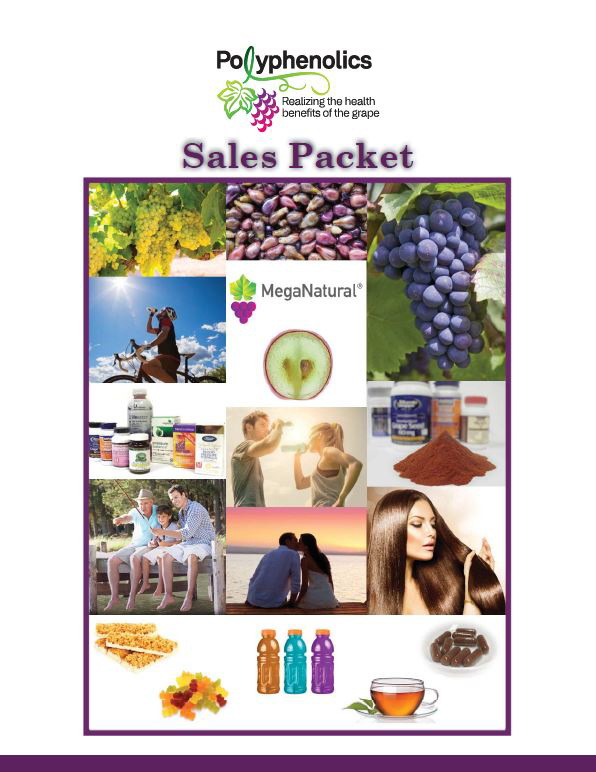When you’re trying to lower your blood pressure naturally, you’ll probably want to start with lowering your sodium intake. That’s when you might discover that although you’ve been eating salt most of your life, you actually know very little about it!
So let’s start with why we actually need sodium. We need it for our muscles to function, to transmit our nerve impulses, and to maintain the right balance of water within our cells. But we don’t need very much. The 2010 Dietary Guidelines for Americans recommend that we limit sodium to less than 2,300 mg. per day, even less if you’re over 50 or at high risk for high blood pressure, diabetes or kidney failure. Most of us average about 3,400 mg of sodium daily, so we’ve got a lot of cutting back to do.
Here’s where it can get confusing. You’ll find plenty of options in the grocery store including ‘reduced sodium’, ‘lite sodium’ and even ‘no salt added’ – but all three of those could still have high sodium content!
- Reduced sodium simply means that the product contains less than 25 percent less sodium than the regular version. So if the regular version had 2,000 mg. of sodium, the reduced sodium version will still have a whopping 1500 mg.
- Lite (or light) in sodium means that the product contains at least 50 percent less sodium than the regular version. This could still be a lot of sodium.
- No salt added simply means that no additional salt has been used in the recipe but the product may still have high-sodium ingredients.
Sodium can also be tough to spot. You probably know that chips, pretzels and soy sauce are saturated with salt, but there are hidden sources of sodium that aren’t as obvious. Cottage cheese, instant oatmeal, baked beans, lunch meat, salad dressing, frozen dinners, flavored rice and even some breakfast cereals are all high in sodium as well.
Bottom line: Always read the labels and know the sodium content per serving.



